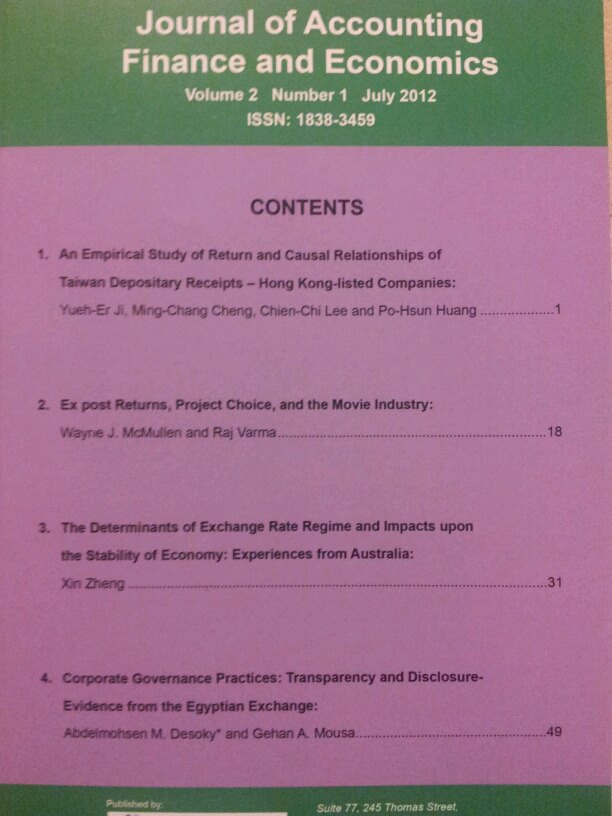September 2016 (Journal of Accounting, Finance and Economics)
Total Articles - 9

